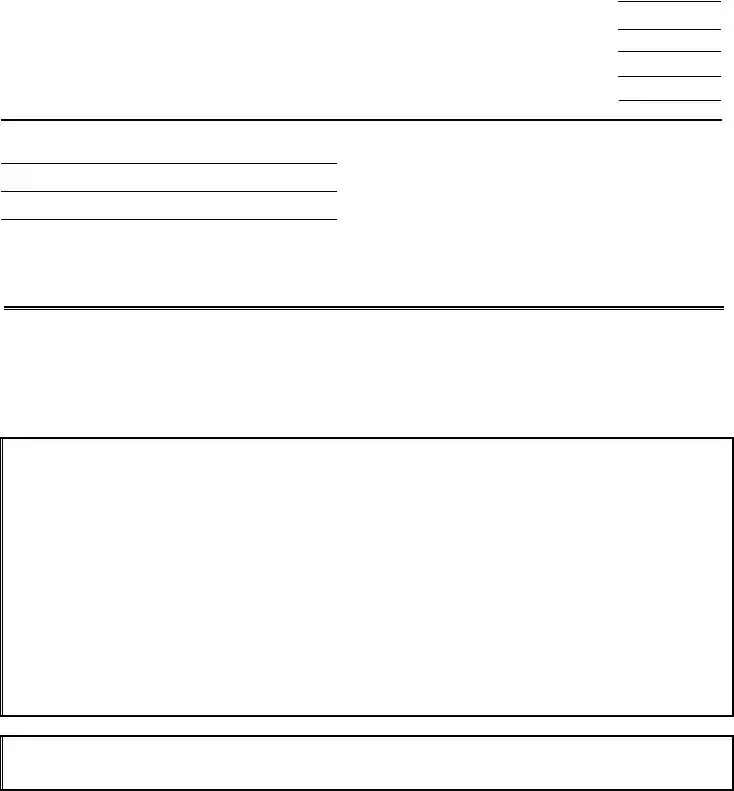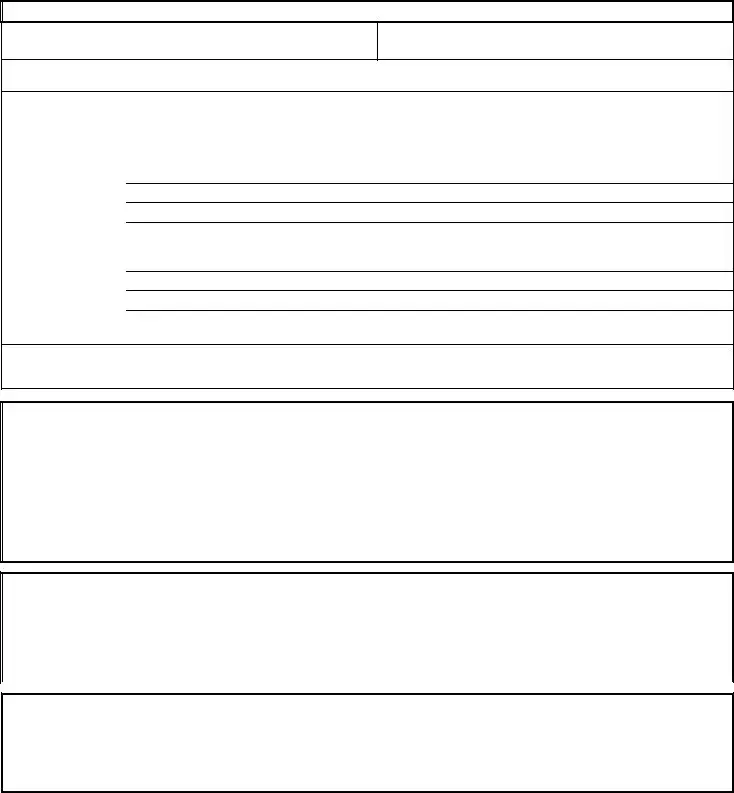The North Carolina 90 form, essential for reporting earnings for workers' compensation cases, shares similarities with the First Report of Injury or Illness form. Both documents are instrumental in the workers' compensation process, initiating the claim. While the North Carolina 90 form collects information on earnings post-injury to ensure correct compensation, the First Report of Injury or Illness captures initial injury details to start the claim. Their mutual goal is to ensure accurate reporting for fair benefit distribution.
Similar to the Wage Statement used in other states, the North Carolina 90 form plays a crucial role in documenting an employee's earnings. The Wage Statement often requires detailed earnings information before an injury, aiding in determining benefit amounts. Conversely, the North Carolina 90 form focuses on earnings during the recovery period to adjust or continue benefits. Both documents are pivotal in calculating appropriate compensation based on earnings.
The Employee’s Claim for Workers' Compensation Benefits is another document bearing similarities to the North Carolina 90 form. This claim form is more comprehensive, requesting injury details, treatment information, and work status. While the North Carolina 90 form specifically addresses earnings during the benefit period, both forms are integral to substantiating an employee's entitlement to workers' compensation benefits.
The Pre-Hearing Agreement form, commonly used in workers' compensation proceedings, also parallels the North Carolina 90 form. It outlines the issues agreed upon by both parties before a hearing, often including earnings and compensation. The North Carolina 90 form's focus on reporting earnings aligns with the agreement's objective to clarify compensation-related matters pre-hearing, facilitating smoother dispute resolution.
Another comparable document is the Return to Work form, which employees fill out when they can resume work post-injury, whether in a full or limited capacity. This form, like the North Carolina 90, collects critical information affecting workers' compensation benefits. However, while the Return to Work form signifies a change in work status, the North Carolina 90 form continually tracks earnings to adjust benefits accurately.
The Vocational Rehabilitation Plan is related to the North Carolina 90 form in its relation to the recovery and compensation process. This plan outlines the steps and training necessary for an injured employee to re-enter the workforce, potentially in a new capacity. The North Carolina 90 form complements this by ensuring the earnings during and after the rehabilitation process are correctly reported and benefits adjusted accordingly, facilitating a holistic approach to an employee's recovery and financial stability.
The Workers’ Compensation Medical Report form, required when an employee seeks medical treatment for a work-related injury, shares a purpose with the North Carolina 90 form. Both are pivotal in maintaining ongoing records crucial for an employee's claim. While the Medical Report provides details on treatment and progress, the North Carolina 90 form captures the financial implications of the injury, ensuring the employee receives proper compensation throughout their recovery.

